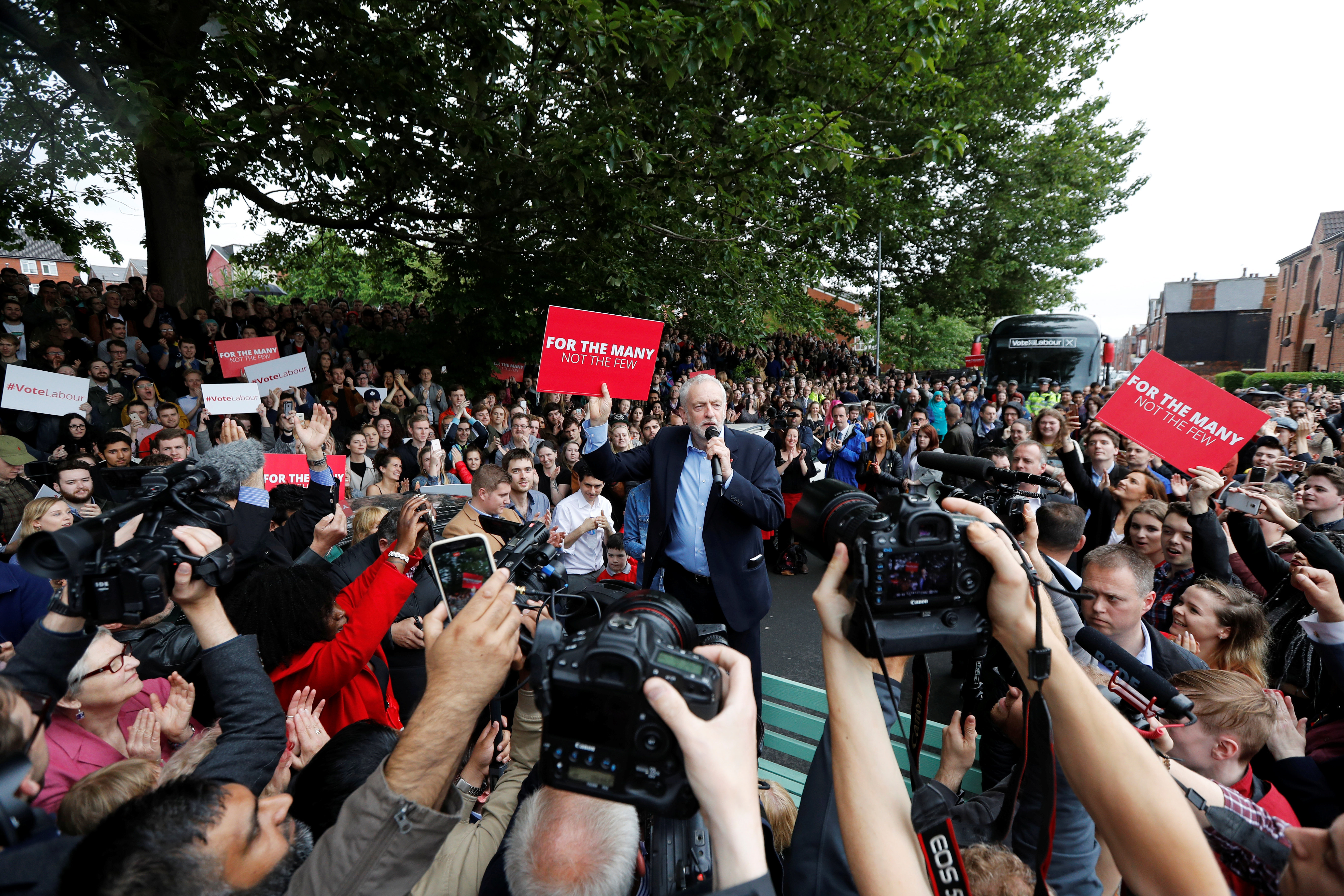
The so-called youthquake of the 2017 General Election was a myth – and people are wondering what that means for British politics.
Despite pledges to slash tuition fees, chants of “Oh, Jeremy Corbyn” at Glastonbury and the Labour leader being mobbed with demands for selfies, turnout among the under-25s was broadly similar to 2015 and may even have decreased, academics have found.
According to the British Election Study (BES), the biggest boost in turnout was among the 30 to 45s – the same age group that saw the biggest switch in allegiance from Tory to Labour.
Voters under the age of 25 were more likely to vote Labour than ever before, but there was no evidence they flocked to the polls in greater numbers.
“The Labour ‘youthquake’ explanation looks to become an assumed fact about the 2017 election,” the report said.
“The Oxford English Dictionary even declared ‘youthquake’ their word of the year. But people have been much too hasty. There was no surge in youth turnout at the 2017 election.”
While Labour’s election surge could not be attributed to a spike in under-25s turnout, the study found the party picked up new support in almost every age group.
The Conservatives, meanwhile, only picked up new votes with those over 60 – though this age bracket is more likely to turn up on polling day than any other.
MPs and journalists on Twitter were divided as to what the dynamic might spell for future elections.
The BES study of electoral behaviour used face-to-face surveys to gather information about voters as well as those who did not vote.
Analysis of the 2015 election and the snap poll in 2017 found older people were much more likely to have voted than young people and the age-turnout relationship had barely changed.
The margin of error in the analysis means a small increase or decrease in youth turnout in 2017 cannot be ruled out.
Labour’s leader, regularly greeted with chants of “Oh Jeremy Corbyn” and often pictured surrounded by young people during the election, was often credited with mobilising previously disengaged voters under 25. But the study suggested the claims were “largely based on anecdotes”.
The BES also found it was likely that there had been a small increase in turnout across a large age range.
“We can be confident, though, that there was no dramatic surge in youth turnout of the sort suggested by some other surveys. In short, there was no ‘youthquake’,” it added.